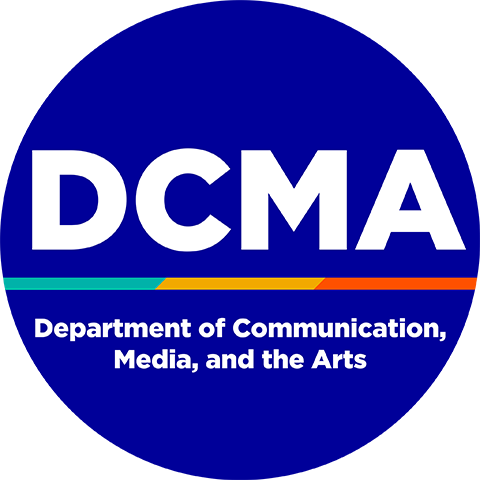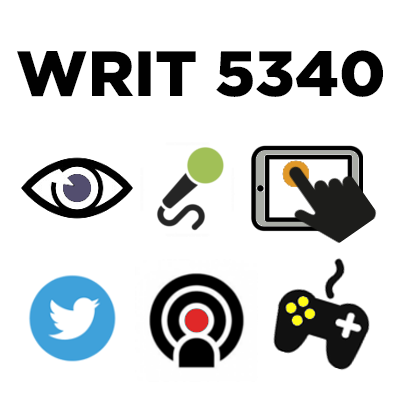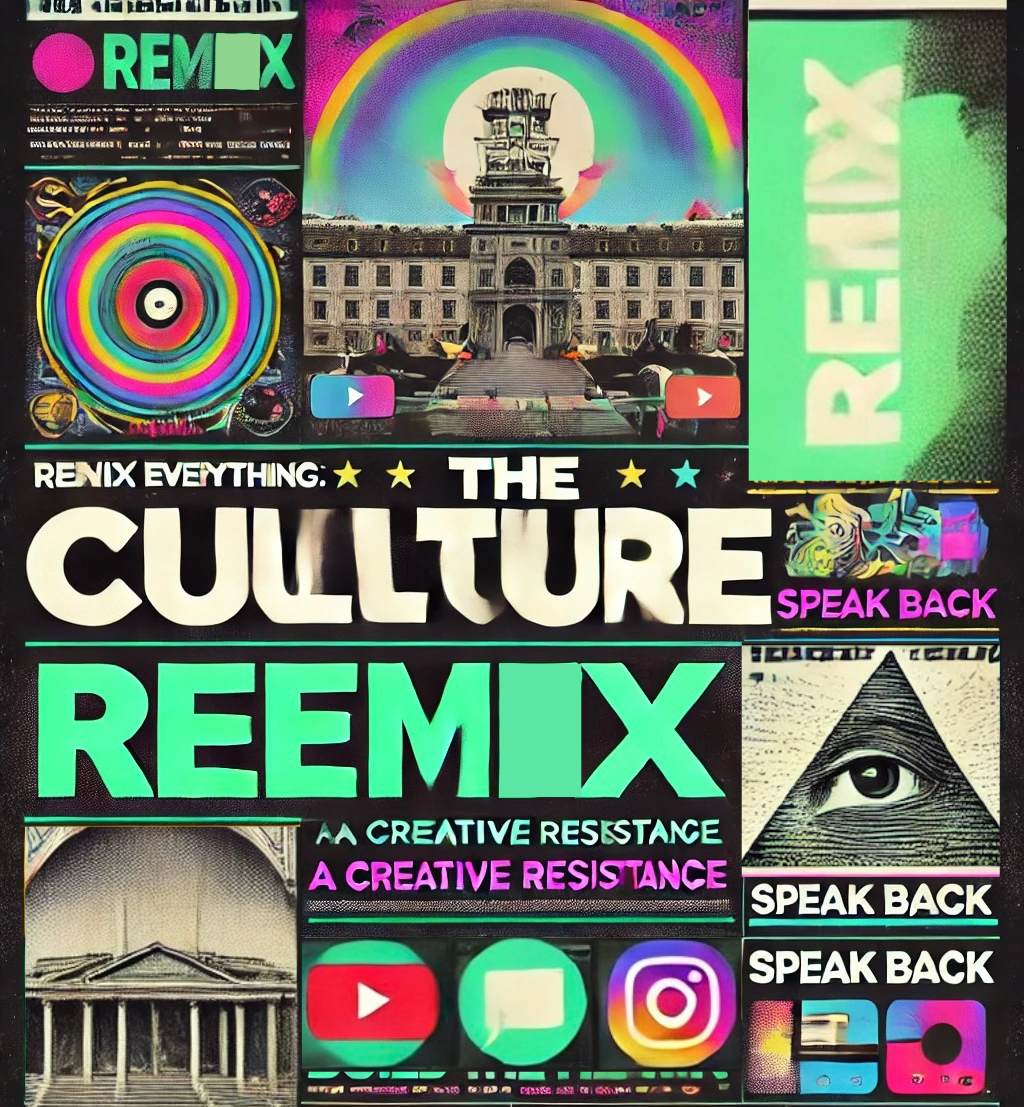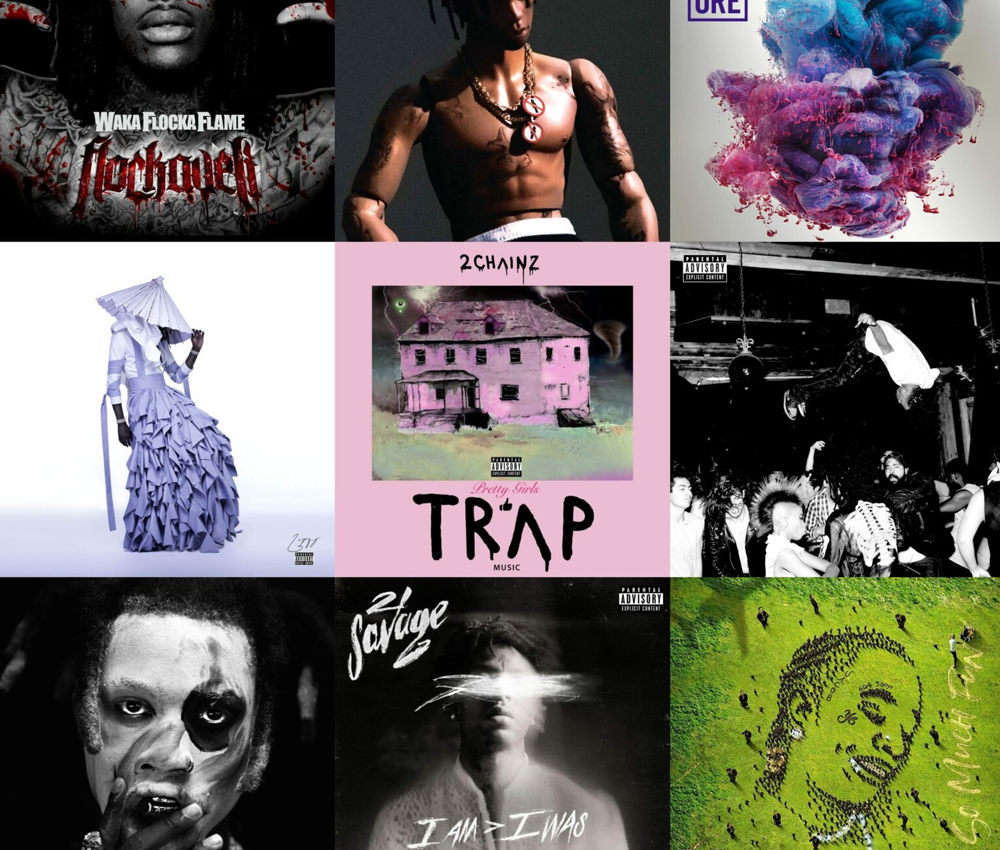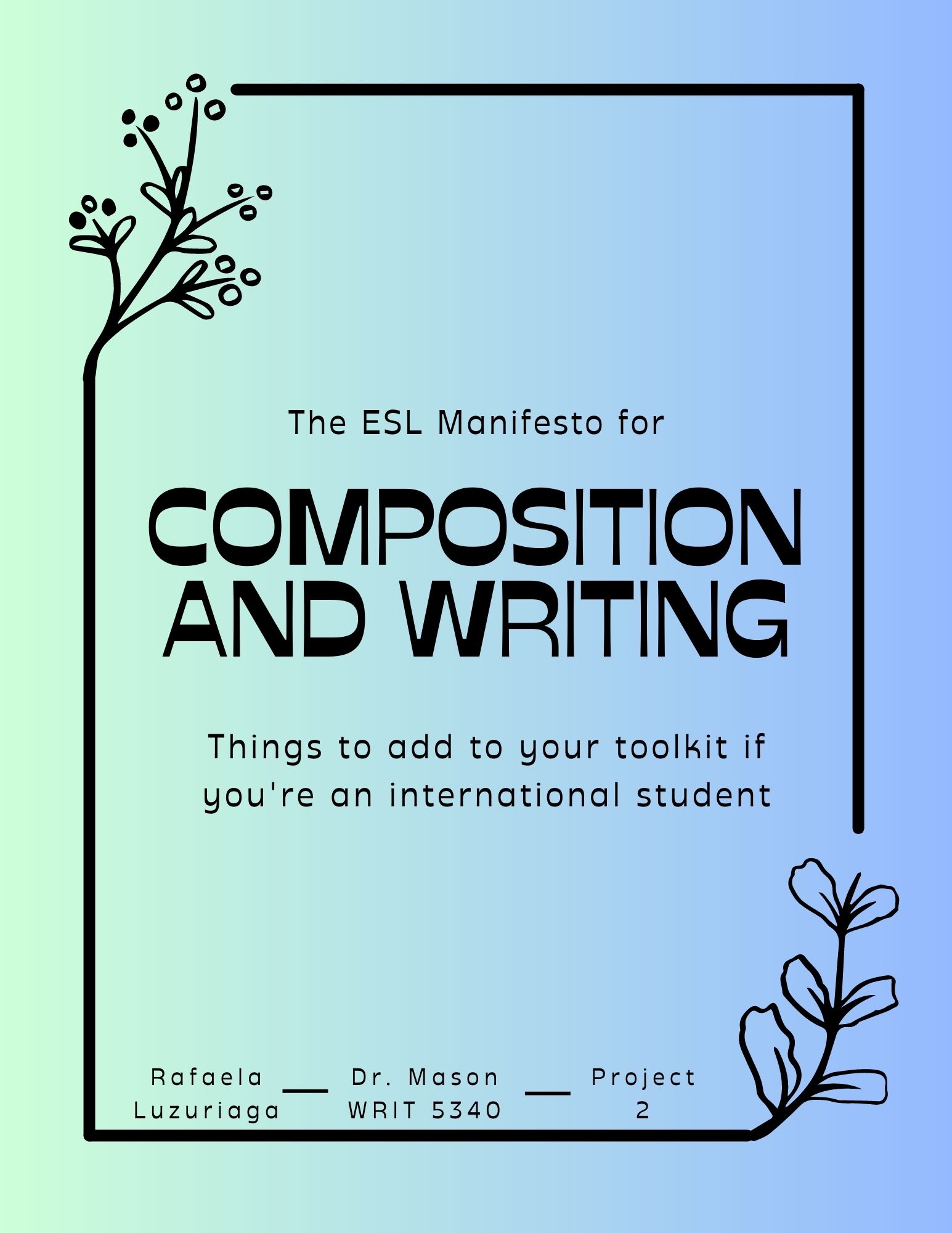 Complete ESL Tools Manifesto PDF
Complete ESL Tools Manifesto PDF
- Maker: Rafaela Luzuriaga
- Genre: Manifesto
- Level: Graduate
- Program: Composition, Rhetoric, and Digital Media
- Course: WRIT 5340: Studies in Multimodality and Digital Media
- Instructor: Dr. Eric Mason
- Semester Created: Winter 2023
Description
For the New Media Manifesto project I decided to focus on a topic that hits close to home for me. As an international student whose first language isn’t English, I understand the struggles and difficulties of other students, particularly ESL students, who come into composition classes unprepared for the demands and rigid expectations of the curriculum. ESL-specific classes don’t often prepare international students for composition and writing classes, and so an insidious shame begins to rear its head among second-language students. I wanted to challenge this notion that using tools (such as translators, dictionaries, writing centers, tutoring, etc.) by not only stating this but giving ESL students an idea of all the tools that are available to ease their transition to a new country. I chose to spread this message in the form of a flyer since they are already a common way to promote things on U.S. college campuses.
Reflection
In making this manifesto, I was drawn to the messages of a couple of scholars whose work I read for my classes this semester. Both Laura Gonzales and Paul Matsuda speak passionately and eloquently about similar topics to the one I focused on for this project, which informed my process of creation along the way. In her article “Translating Modalities…,” Gonzales touches upon the importance of new media tools (namely translating websites) in the process of human translators. The way she speaks on the subject takes any shame surrounding this “crutch” that people often frown upon and acknowledges the importance of these types of technologies in the job of translating. There is a part of the article where Gonzales relays a conversation with a translator named Natalie, in which Natalie explains the ways in which using Google Translate help arrive at the best possible translation of a phrase. Gonzales, here, explains that the GT word suggestions serve more as “inspiration for [Natalie’s] translation process,” (93) since she only occasionally uses these suggestions in the final translation. This helped me frame the importance of these technologies for international students, who also need them as sources of inspiration when composing/writing. If professionals use them with no shame attached, so can students.
Matsuda’s “Composition Studies and ESL Writing…,” on the other hand, best encapsulates what I wanted to tap into in terms of composition’s attitude towards ESL students. The field of composition, even today, seems ill-equipped to take on international students, even after the work of ESL-specific courses. Matsuda makes a cogent and convincing argument to dismantle composition’s need for what he calls the “division of labor,” meaning their expectation that ESL teachers take on all responsibility in preparing students for the writing and composition classes they will inevitably encounter. This is an argument I hoped to support in my message to make the use of tools more accepted in second-language composing, which I hope will eventually make for more accessible writing classrooms for ESL students.
Gonzales, Laura. “Translating Modalities: Interactions between Digital and Alphabetic Modes in Professional Translation Work.” Writing Changes: Alphabetic Text and Multimodal Composition, 2020, pp. 83-100.
Matsuda, Paul. “Composition Studies and ESL Writing: A Disciplinary Division of Labor.” College Composition and Communication, 1999, pp. 699-721.
